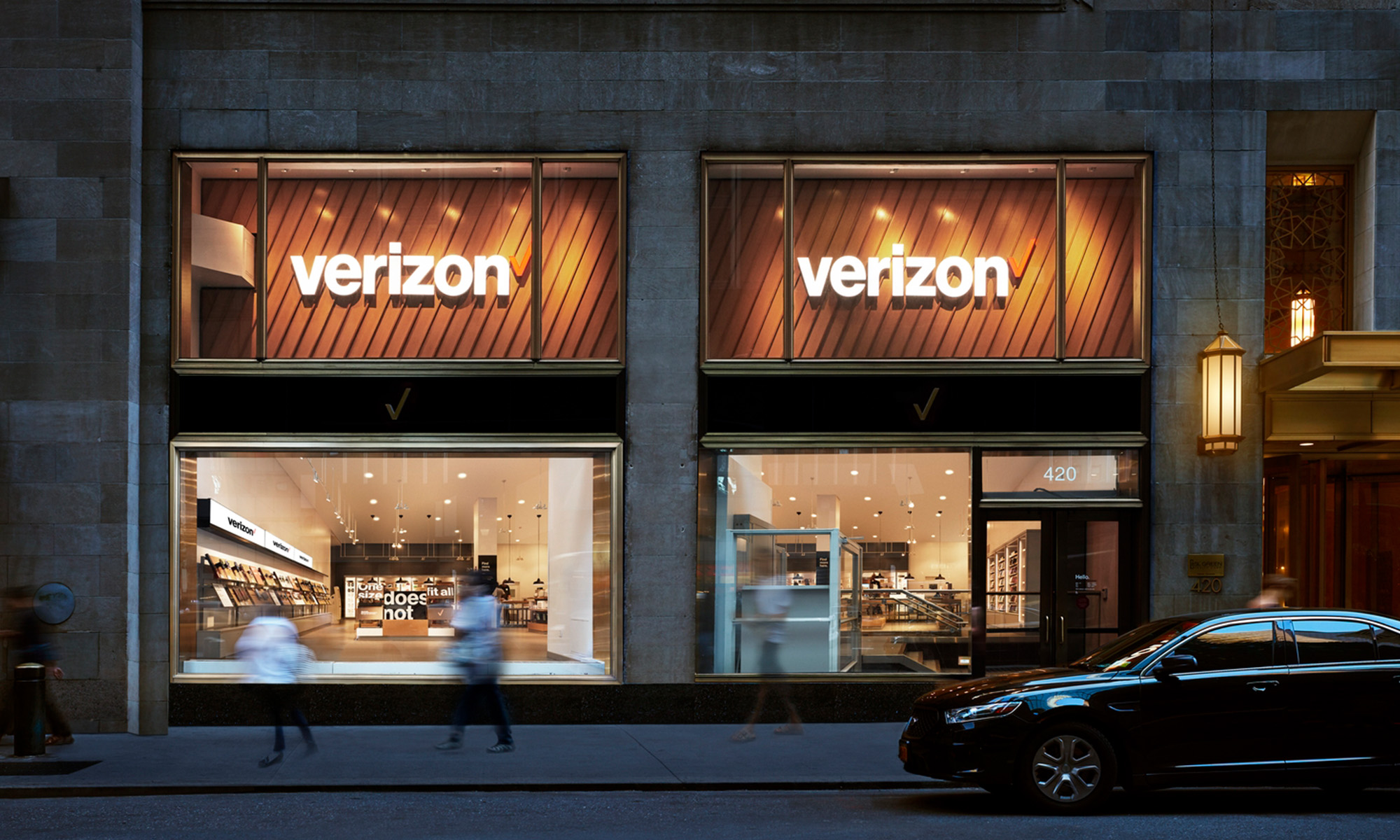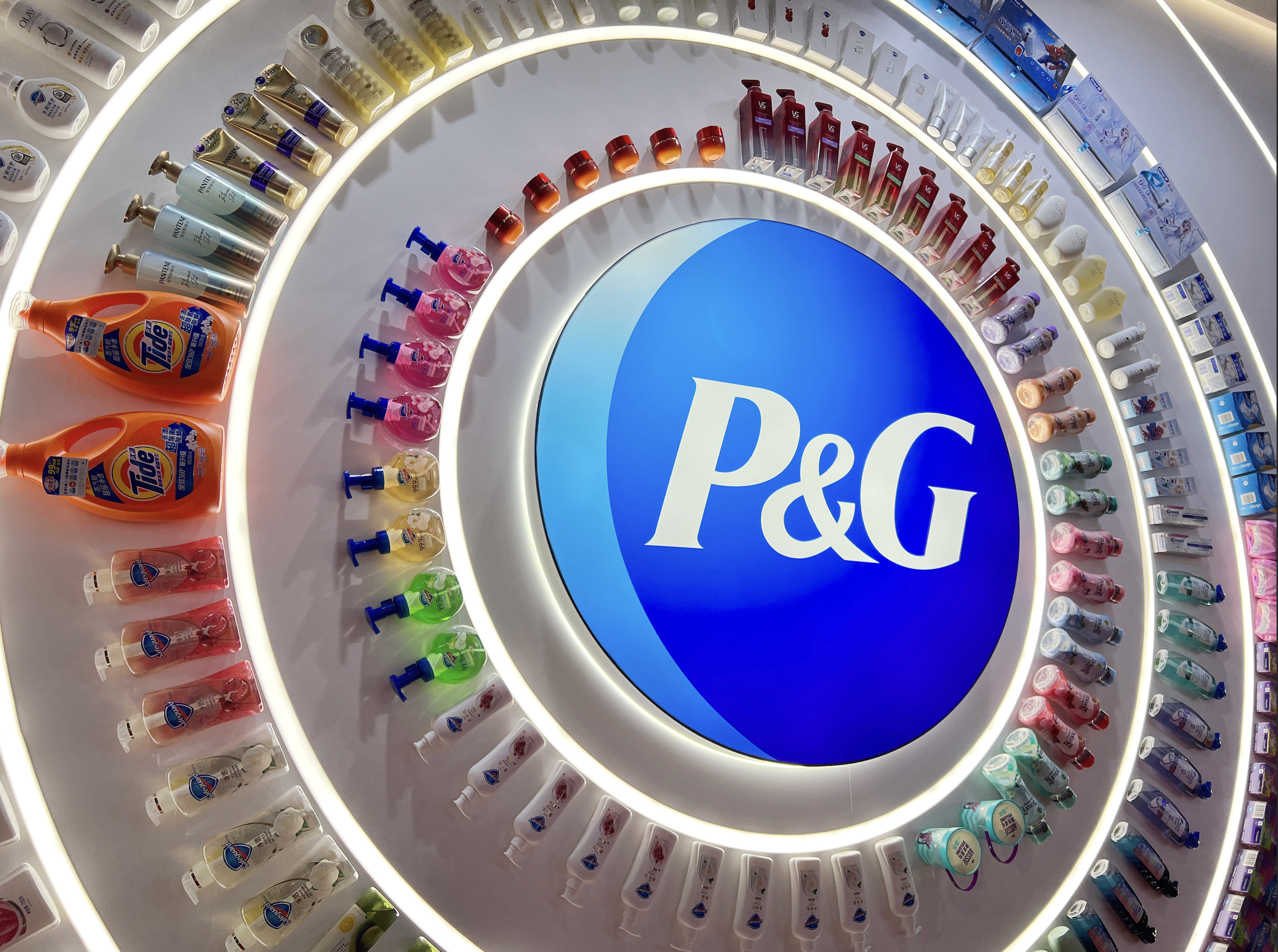
You ever open a brokerage app looking for a nice, juicy dividend—something to soothe the anxieties of, say, existing in the modern economy—and you’re greeted by numbers so low, you think the market’s actively conspiring to insult you? I mean, 1.13% yield? What am I supposed to do with this? Buy myself a half-decaf latte once a year? The Dow Jones Industrial Average at least tries not to be offensive: its lineup includes 30 companies that are supposed to be the sturdy, shirt-tucked-into-belt types. And yes, some still slip a little extra cash into your account without making it an ordeal.
Let’s talk about two, shall we? Not because I want to—I don’t particularly enjoy giving the market free PR—but because, much like the guy in front of you at the bagel shop who insists on paying with nickels, these stocks refuse to go away.
1. Verizon Communications: The Never-Surprising Surprise
Everyone pays their phone bill. Me, you, that neighbor with the yappy dog—no one’s getting out of it. That fact alone should make Verizon (VZ) a dividend investor’s happy place. Eighteen years of raising dividends, quarterly payout of $0.6775, and a yield north of 6%—enough to trigger a standing ovation in the lobby of any retirement home. But there’s a catch. There’s always a catch.
First, there’s this ongoing Verizon vs. AT&T showdown. It’s not exactly Ali vs. Frazier. It’s more like watching two guys at a supermarket crowd the self-checkout terminal, both convinced they’re the sharper coupon-clipper. AT&T has finally stopped tripping over its own shoelaces lately, but VZ—the market tells me—is still the more “undervalued.” (Undervalued! Like we’re talking about a fine Burgundy instead of the cable guy.)
But here’s what gets under my skin: Revenue up 5.2% year over year for Verizon; AT&T clawing ahead at 3.5%. Over the last three years? Basically the same. You ever try to judge a three-legged race when both contestants are convinced they’re winning?
To make it more palatable, Verizon’s pushing this “fixed wireless access” and broadband angle like it’s a new type of yoga. Over 5 million fixed wireless subscribers and counting, hoping to hit 8 million by 2028. Plans to gobble up Frontier Communications—because what better way to beat your competitor than by adopting another company’s laundry list of customer complaints?
Wireless service? They dominate 4G. But, of course, in the 5G parade, Verizon’s the guy in the back frantically looking for his clarinet reed. The silver lining: this mysterious “C-band rollout” is apparently running ahead of schedule, promising the kind of 5G Ultra Wideband speeds that’ll let you ignore your family with AR instead of just regular reality.
Still, Verizon’s raking in $19.6 billion in free cash flow yearly and paying out less than 60% of that to shareholders. Which means there’s extra buffer before the dividend has to come out of the CEO’s vacation fund. In a world that seems to enjoy emergencies, this is as stable as my father-in-law’s television-watching routine—a rare, stubborn comfort.

2. Procter & Gamble: The Gold Standard for Mundane Heroics
Let’s switch from phone bills to soap. Procter & Gamble (PG) doesn’t just sell detergent—it’s got Charmin, Crest, Gillette, and the rest of the household pantheon. If you’ve ever been trapped in the cleaning aisle comparing the 14 types of Tide, you’re already part of the business plan. Since 1890, P&G pays out dividends so routinely that skipping a year would probably trigger a Congressional investigation.
Recently, there’s been a tiny hiccup—sales have softened a hair, thanks to consumers doing that thing where, instead of buying ten kinds of cleaning spray, they just clean less. And yet? The brands are standing up to this budget-tightening nonsense. Sales and earnings squeaked out 1% growth last quarter. In this environment, 1% is like finding an extra french fry in the bottom of the bag.
Profit margin at 18%. You know how hard it is to get Americans to agree on anything, let alone pay a premium for toothpaste because the label says “advanced”? But P&G’s management, through some sort of basket of minor miracles and shelf-warfare wizardry, has made it work.
There’s also a kind of competitive paranoia: P&G endlessly tweaks formulas and packaging, presumably just to irritate the people who have to update shelf labels at grocery chains. They guard shelf space like some kind of passive-aggressive mall Santa.
Dividend’s gone up for 69 straight years, which is more than you can say for the average neighbor’s commitment to mowing their lawn. Dividend growth at 5% a year for the last decade, now yielding 2.68%. Is it a lottery ticket? No. Is it the cash-back rebate on life’s endless cycle of buying things to make your things even cleaner? Absolutely. The company made $15 billion in free cash flow, and two-thirds of that headed to shareholders. Analysts forecast earnings growth of about 4% annually—a number that strikes me as both modest and, frankly, a relief. You want exciting numbers, go to the casino.
If you want to get paid for the kind of stability that drives overachievers crazy, these two stocks have your back. And if you can find a way to make a 2.68% yield sound thrilling at a dinner party, you’re probably better at small talk than I’ll ever be. 🧻
Read More
- DOGE PREDICTION. DOGE cryptocurrency
- Calvin Harris Announces India Debut With 2 Shows Across Mumbai and Bangalore in November: How to Attend
- EQT Earnings: Strong Production
- Docusign’s Theatrical Ascent Amidst Market Farce
- TON PREDICTION. TON cryptocurrency
- The Relentless Ascent of Broadcom Stock: Why It’s Not Too Late to Jump In
- Why Rocket Lab Stock Skyrocketed Last Week
- HBO Boss Discusses the Possibility of THE PENGUIN Season 2
- Ultraman Live Stage Show: Kaiju Battles and LED Effects Coming to America This Fall
- The Dividend Maze: VYM and HDV in a Labyrinth of Yield and Diversification
2025-08-01 11:28